Mehmet Umut Sen
Dealing with Annotator Disagreement in Hate Speech Classification
Feb 12, 2025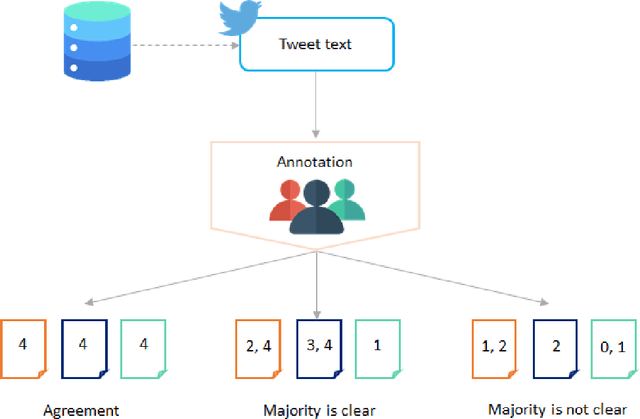
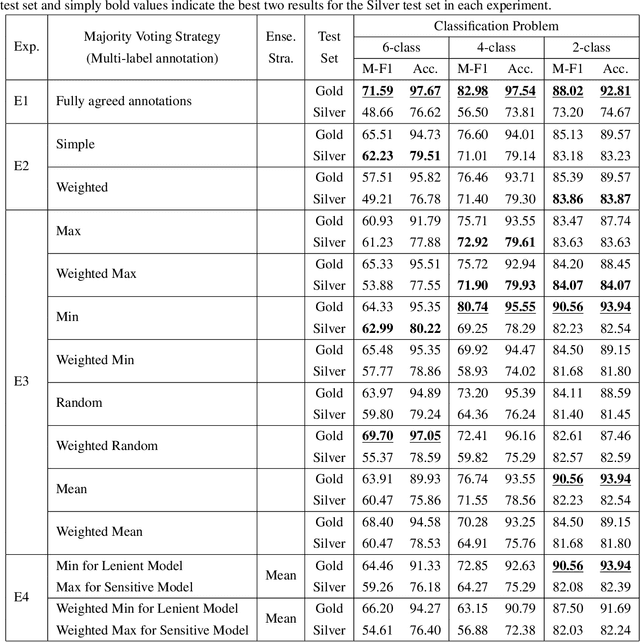
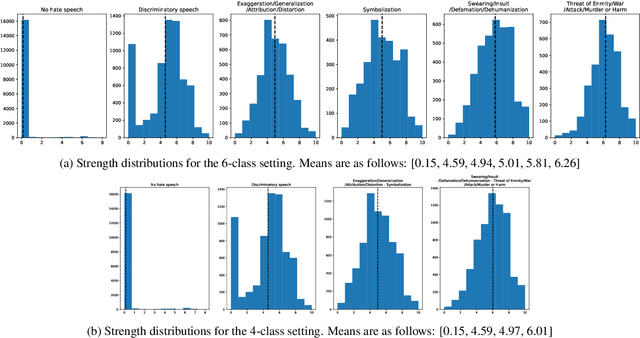

Abstract:Hate speech detection is a crucial task, especially on social media, where harmful content can spread quickly. Implementing machine learning models to automatically identify and address hate speech is essential for mitigating its impact and preventing its proliferation. The first step in developing an effective hate speech detection model is to acquire a high-quality dataset for training. Labeled data is foundational for most natural language processing tasks, but categorizing hate speech is difficult due to the diverse and often subjective nature of hate speech, which can lead to varying interpretations and disagreements among annotators. This paper examines strategies for addressing annotator disagreement, an issue that has been largely overlooked. In particular, we evaluate different approaches to deal with annotator disagreement regarding hate speech classification in Turkish tweets, based on a fine-tuned BERT model. Our work highlights the importance of the problem and provides state-of-art benchmark results for detection and understanding of hate speech in online discourse.
COVID-19 Detection in Computed Tomography Images with 2D and 3D Approaches
May 20, 2021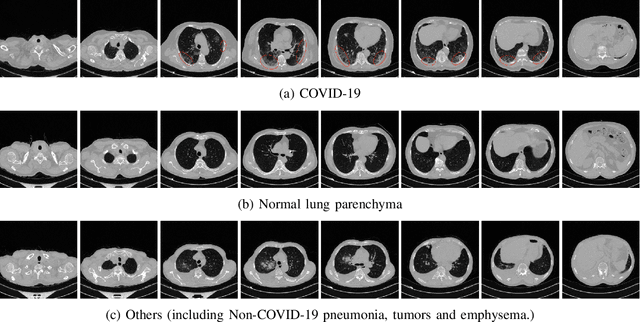
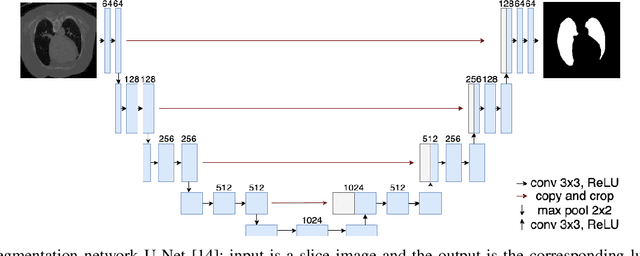
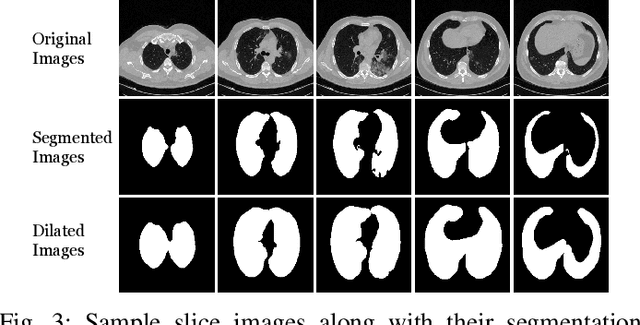
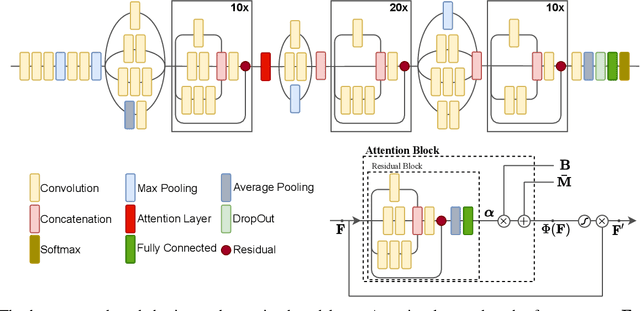
Abstract:Detecting COVID-19 in computed tomography (CT) or radiography images has been proposed as a supplement to the definitive RT-PCR test. We present a deep learning ensemble for detecting COVID-19 infection, combining slice-based (2D) and volume-based (3D) approaches. The 2D system detects the infection on each CT slice independently, combining them to obtain the patient-level decision via different methods (averaging and long-short term memory networks). The 3D system takes the whole CT volume to arrive to the patient-level decision in one step. A new high resolution chest CT scan dataset, called the IST-C dataset, is also collected in this work. The proposed ensemble, called IST-CovNet, obtains 90.80% accuracy and 0.95 AUC score overall on the IST-C dataset in detecting COVID-19 among normal controls and other types of lung pathologies; and 93.69% accuracy and 0.99 AUC score on the publicly available MosMed dataset that consists of COVID-19 scans and normal controls only. The system is deployed at Istanbul University Cerrahpasa School of Medicine.
Deep neural networks for single channel source separation
Nov 12, 2013



Abstract:In this paper, a novel approach for single channel source separation (SCSS) using a deep neural network (DNN) architecture is introduced. Unlike previous studies in which DNN and other classifiers were used for classifying time-frequency bins to obtain hard masks for each source, we use the DNN to classify estimated source spectra to check for their validity during separation. In the training stage, the training data for the source signals are used to train a DNN. In the separation stage, the trained DNN is utilized to aid in estimation of each source in the mixed signal. Single channel source separation problem is formulated as an energy minimization problem where each source spectra estimate is encouraged to fit the trained DNN model and the mixed signal spectrum is encouraged to be written as a weighted sum of the estimated source spectra. The proposed approach works regardless of the energy scale differences between the source signals in the training and separation stages. Nonnegative matrix factorization (NMF) is used to initialize the DNN estimate for each source. The experimental results show that using DNN initialized by NMF for source separation improves the quality of the separated signal compared with using NMF for source separation.
Max-Margin Stacking and Sparse Regularization for Linear Classifier Combination and Selection
Jun 08, 2011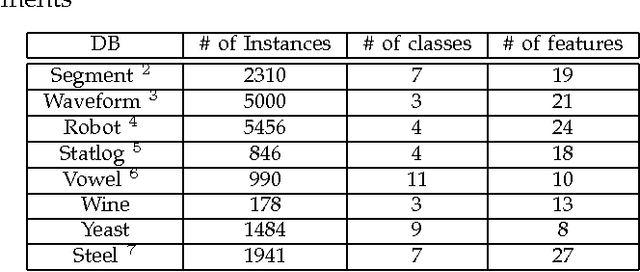



Abstract:The main principle of stacked generalization (or Stacking) is using a second-level generalizer to combine the outputs of base classifiers in an ensemble. In this paper, we investigate different combination types under the stacking framework; namely weighted sum (WS), class-dependent weighted sum (CWS) and linear stacked generalization (LSG). For learning the weights, we propose using regularized empirical risk minimization with the hinge loss. In addition, we propose using group sparsity for regularization to facilitate classifier selection. We performed experiments using two different ensemble setups with differing diversities on 8 real-world datasets. Results show the power of regularized learning with the hinge loss function. Using sparse regularization, we are able to reduce the number of selected classifiers of the diverse ensemble without sacrificing accuracy. With the non-diverse ensembles, we even gain accuracy on average by using sparse regularization.
 Add to Chrome
Add to Chrome Add to Firefox
Add to Firefox Add to Edge
Add to Edge